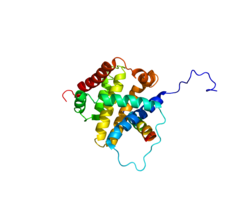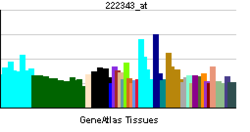ACUTE MYELOID LEUKEMIA : SOME NOTES FROM DR FREDERICK APPELBAUM COMMENTS
* classification under the FAB was abandoned because it did not give prognosis information
* 4 groups based on Cytogenetics
1. No significant Cytogenetic abnormality : considered the INTERMEDIATE GROUP
2. Unfavorable group with 5q - 7(Monosomy)
3. Favorable group Inv 16, (15,17), (8,21)
4. Unclassified
The favorable have 55% 5 Year survival
Intermediate have 38% 5 year survival
Unfavorable had 11% 5 year survival
ADD NPM1 as good prognosis
ADD CEBPA as good
BUT FLT-3 as bad despite favorable basic category
C-KIT positive is also bad in Adult only
other cytogenetic of interest N-RAS, NPM and IDH1 Mutation
15 other Mutations for our BUFF in genetic
KIT MLL CBL PTEN JAK2 DNMT3A EZHZ TET2 WT-1
IDH-1 N-RAS P53 RUNX-1 ASXL-1 PHF-6
--------------------------------------------------------------------------------------------------
IF YOU FINISH LOOKING AT THE 15
WELL LOOK ALSO ERG MN1 EVI-1 BAALC CD34
---------------------------------------PLUS MICRO--RNA, METHYLATION
ADD TO DNA SEQUENCING , TRANSPTOSOME SEQUENCING TO SEE FURTHER
ELN 2012
CATEGORIES OF AML
1. favorable include Inv 16,( 8,21), NPM1, CEBPA and wild type FLT-3
2. Int-1 NPM1 Mutated and FLT3 Mutation
3. int-2 t(9,11) and NOS
4. Unfavorable inv 3 (3,3) t(6,9) -5 -7 17p and complex abnormalities
remember good or favorable is not good or favorable anymore if noted after chemotherapy for another primary.
----------------------------------------------------------------------------------
In all patients, obtain (I will send you an angry letter if H&P not completed in EMR!) OK!
1. CBC DIFF and Comprehensivve Metabolic panel
2. Uric acid level ---not high, start Allopurinol
---high start Rasburicase
3.PT and PTT if DIC start ATRA
4. Bone marrow Biopsy
5.Immunophenotyping
to detect the 1% of Mixed phenotype which is of poorer prognosis
and to be able to detect persistence of disease with PCR better accomplished through this method
6.Cytogenetic which should include CEBPA, FLT-3, and NPM-1, C-Kit
7.HLA typing NOW NOW NOW!
-------------------------------------------------------------------------
Please note age (65) and comorbidities as you ponder if patient can sustain high dose treatment
----------------------------------------------------------------------------------------
Treatment
-start Hydration and Alkalinization
-Allopurinol Vs Rasburicase based on Uric Acid level
-DIC start ATRA no matter what
-start Antibiotic, antiViral and antifunga Coverages NOW
-Consider Fertility Issue now
-speak to family
and start Induction
and consider consolidation based on circumstances per standard of care
In elderly >65, or >60 with significant comorbidity
Death occurs during induction
so please consider
1.LOW DOSE ARAC-C
2. 5-AZACYTIDINE
3. DECITABINE
4. CLOFARABINE
5. FOR 5q- TRY REVLIMID!
-----------------------these are my notes------------









